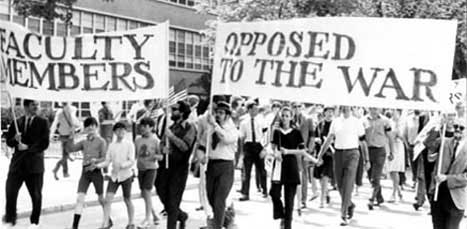
MAY 9
Veishea, the largest student-run education and entertainment festival in the nation, was scheduled to be held from May 7-9. With the associated parade planned for Saturday, May 9, there was concern that it would become a "lightning rod for violence" that would turn it into a "battleground between pro- and anti-war forces" (Swan, 1998, p. 27). In its editorial published in the May 9 issue, the Daily sought to "weave together the importance of protest while protecting the equal rights of all persons, including those who supported the government’s positions" (Swan, 1998, p. 27). Its editorial focused on the "importance of Americans using peaceful means to ‘communicate to others that the distress over the Indo-China situation is not confined to radical students’" (Swan, 1998, p. 25).
While some thought it prudent to cancel Veishea in view of existing tensions manifested by the mass rally on May 6 and the protests at the Selective Service Center, the Veisha Central Committee - the designated university group for coordinating all Veishea activities - ‘"felt otherwise" (Swan, 1998, p. 28). Instead, the committee "concentrated on making last minute changes that could address the situation … . Four changes were recommended, of which two directly affected the parade" (Swan, 1998, p. 28).
"One was a ban on weapons. Traditionally, military units, such as ROTC and drill teams had carried rifles, but in the wake of Kent State, it was decided to even prohibit the color guards from carrying rifles. … [T]he other decision by the Central Committee was to create another, final unit of limited size" in the Veishea parade (Swan, 1998, p. 28). It was called a ‘March of Concern’. Anyone who wanted to show concern over the Kent State shootings and recent events in the war in Southeast Asia was invited to join the parade … (see Figures 34, 35, and 36). That was to be followed with an open microphone on central campus near the campanile" (Swan, 1998, p. 28).

Figure 34. Start of ‘March of Concern’ with ‘Faculty Members Opposed to the War’ holding banners.
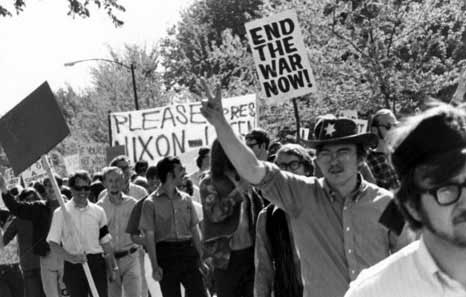
Figure 35. Prairie Primer entry in the Veishea Parade.
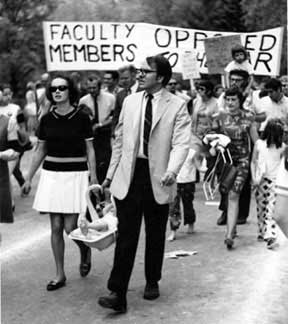
Figure 36. Faculty contingent of the ‘March of Concern’ with faculty members Jane Zaring (Geology) and Philip Zaring (History), with son David, in the foreground.
While it was expected that perhaps several dozens might participate in the ‘March of Concern’, there were in fact "thousands" (Swan, 1998, p. 30) (see Figures 37 and 38). Indeed, until this event, protest activity was generally limited to the "fringe". "What was seen that day were ordinary, middle-class short hair Americans falling in behind the Nevada [Iowa] High School Marching Band. 'When people saw the makeup of the marchers, … they knew that things had changed in America'" (Swan, 1998, p. 30).
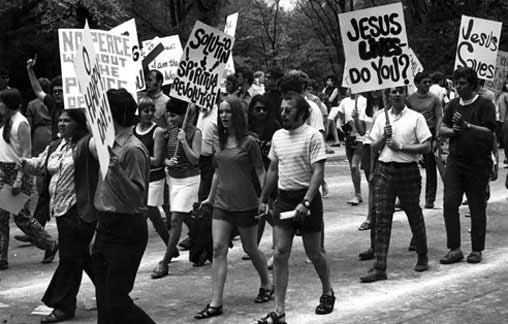
Figure 37. Campus Crusade for Christ in Prairie Primer entry in ‘March of Concern’.
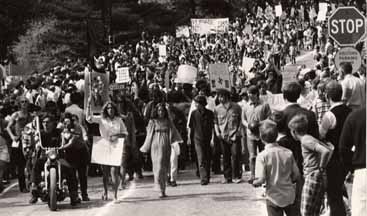
Figure 38. 'March of Concern' on Union Drive near the end of the Veishea parade route.
After the parade, about 2,000 persons gathered near the campanile, where university President W. Robert Parks (see Figure 39), the university’s eleventh, and longest-serving president, addressed the crowd, many of whom had participated in the ‘March of Concern’. "I will do all I can in the future to resist pressures and keep the university open," he told the gathering. "Parks, whose statement was received with cheers …" continued:
I am glad this rally is being held for peace. I know you are concerned, deeply concerned about what has happened at Kent State and recent developments in Southeast Asia. I am concerned, too. Bringing peace is the most important problem facing us. As president, I want to say you are going about it in the right way …. If the university is not concerned with deep human problems such as bringing peace, then what should it be concerned with? (Daily Staff Writer, 1970, p. 1).
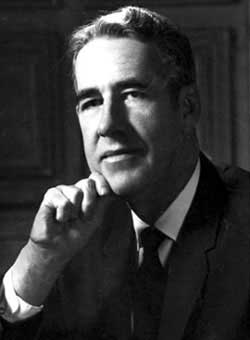
Figure 39. Portrait of W. Robert Parks (circa 1970), president of Iowa State University, 1965-1986.